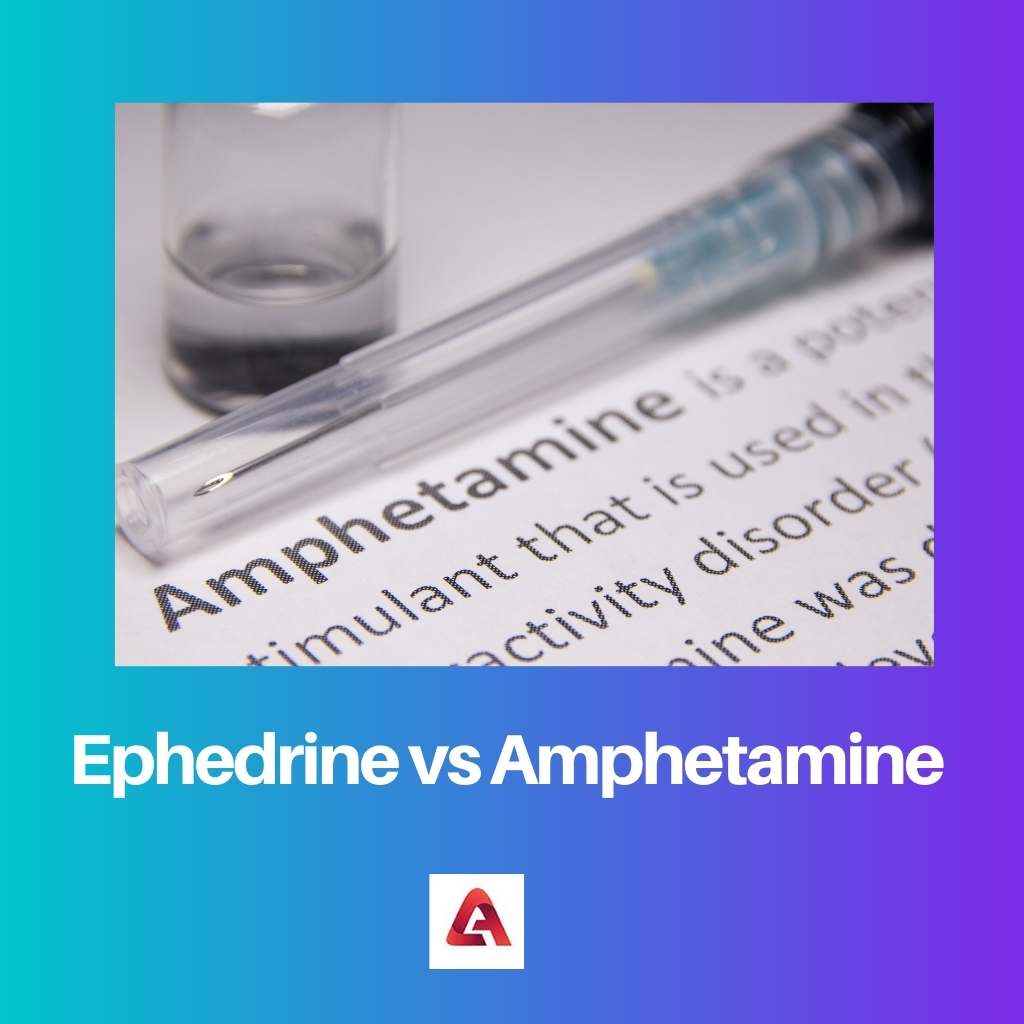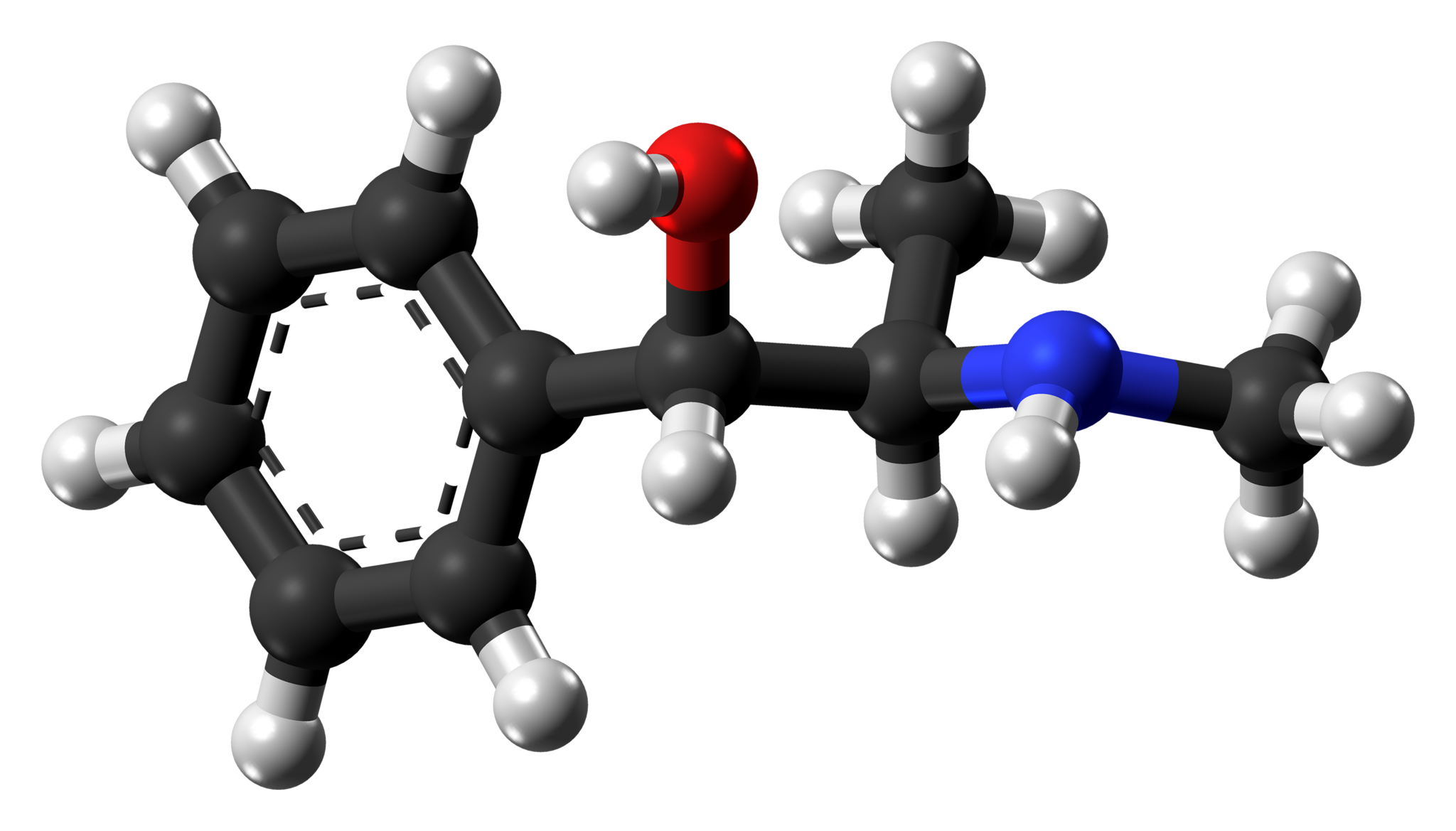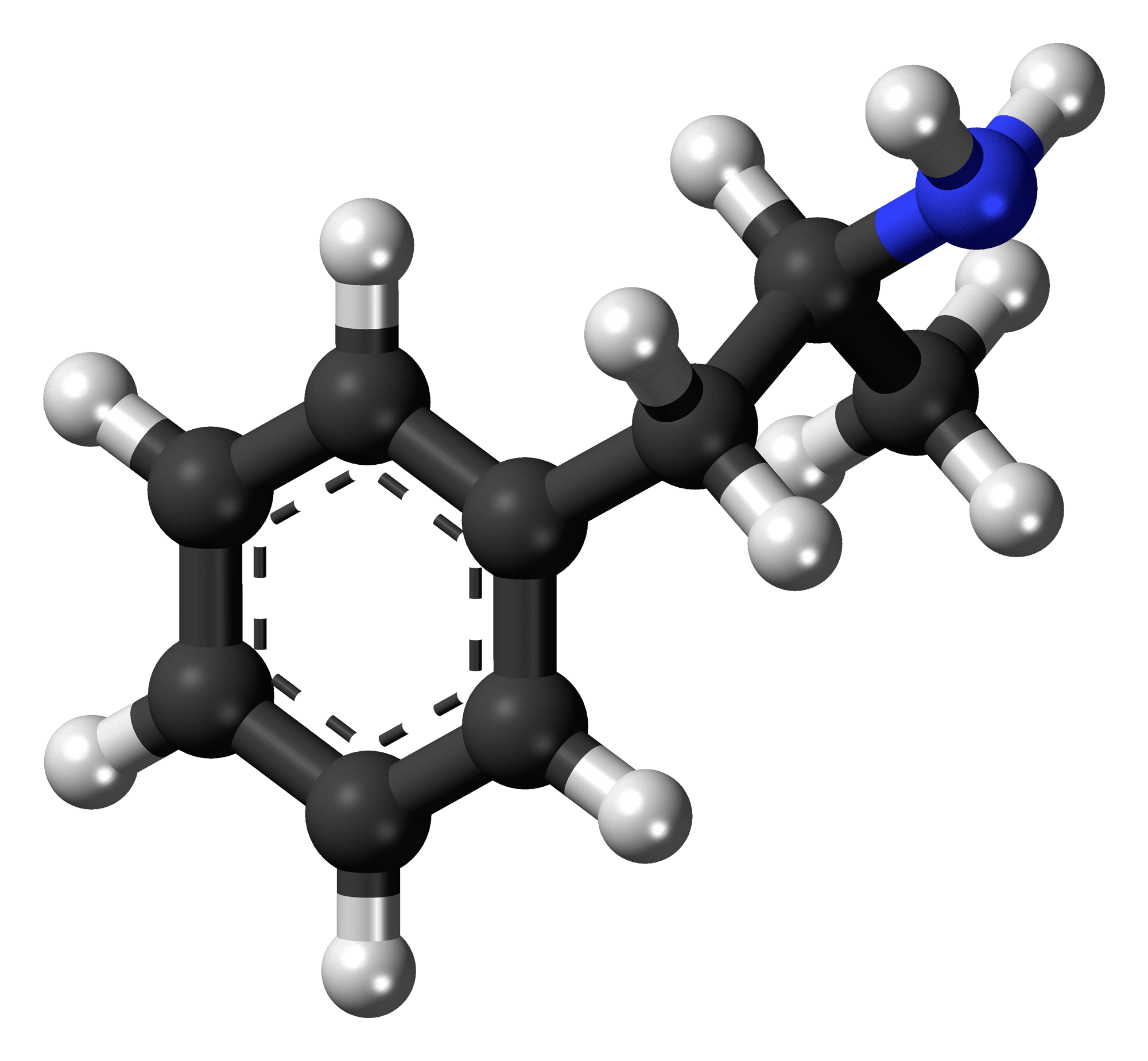Stimulants cover several drugs that help increase the body’s activity and the central nervous system. These kinds of drugs are pleasurable as well as invigorating they have sympathomimetic effects. They are used worldwide without a prescription or prescription medicine as recreational or performance-enhancing drugs.
Ephedrine and amphetamine are two substances which are controlled clinically and used for different functions. They are examples of stimulants that raise everything in the system of body. In this article, differences between ephedrine and amphetamine are highlighted.
Key Takeaways
- Ephedrine, a natural stimulant, derives from the ephedra plant, while amphetamine is synthetic.
- Ephedrine primarily treats nasal congestion and asthma, whereas amphetamine treats ADHD and narcolepsy.
- Amphetamine carries a higher risk of addiction and abuse compared to ephedrine.
Ephedrine vs Amphetamine
As a respiratory medication, Ephedrine is used to treat respiratory problems. It reduces swelling by stimulating the sympathetic nervous system, which constricts the blood vessels. Amphetamine is a drug that is used to increase mental functioning. It is suitable for treating disorders like AHDH.

Among the prescription medicine, ephedrine is used to treat the symptoms related to low pressure during hypotension or anaesthesia. It might be consumed with other medications or simply alone. For children, it is not known if safe and effective.
Amphetamine is one of the stimulants of the CNS that affects brain chemicals as well as nerves that contribute to impulse and hyperactivity control. It is mainly used for curing ADHD or attention deficit hyperactivity disorder. The amphetamine brand, namely, Evekeo, treats narcolepsy and ADHD.
Comparison Table
| Parameters of Comparison | Ephedrine | Amphetamine |
|---|---|---|
| Interpretation | It is a beta and alpha-adrenergic agonist indicated for treating hypertension. | It is a sympathomimetic agent and CNS stimulant indicated for the treatment of ADHD. |
| Duration of action | By mouth (2 h to 4 h) IV/IM (60 min) | IR dosing: 3–6 hours XR dosing: 8–12 hours |
| Excretion | 22% to 99% (urine) | Primarily through renal and ph dependent range from 1 to 75% |
| Formula | C10H15NO | C9H13N |
| Trade names | Akovaz, corphedra, primatene, bronkaid, emerphed, and rezipres | Addeall, dyanavel, mydayis, adzenys, and evekeo |
What is Ephedrine?
Ephedrine is a stimulant as well as medication. During anaesthesia, it is used to prevent low blood pressure. It has also been used in conditions like asthma, obesity, and narcolepsy but is not preferred for treatment. In nasal conditions, it is of unclear benefit.
Ephedrine can be consumed by injection into a vein, muscle, just under the skin, or simply by mouth. It can take an hour for effect if taken through the mouth while fasting with intravenous usage takes 20 minutes if injected into a muscle.
Common side effects included in ephedrine are anxiety, trouble sleeping, inability to urinate, loss of appetite, hallucinations, and many more. Serious side effects consist of heart attack and stroke. During breastfeeding, it is not recommended.
In 1885, ephedrine was first isolated, and in 1926, it came into commercial use. It is listed in the List of Essential Medicines of the World Health Organization. It can be found in plants of the genus, namely Ephedra. In the United States, ephedrine is illegal to use in dietary supplements.

What is Amphetamine?
In 1887, amphetamine was discovered and existed as two of the enantiomers. It is a central nervous system stimulant that treats obesity, ADHD, and narcolepsy. It properly refers to a particular chemical, the racemic-free base. This chemical has equal parts of two of the enantiomers in their pure and amine form.
This term is commonly used informally for the reference of any combination of the enantiomer or to be alone. It has been used for the treatment of depression and nasal congestion historically. It is also used as an athletic cognitive enhancer and performance enhancer.
In many countries, amphetamine is a prescription drug and unauthorized distribution and possession of this medication are tightly controlled. Benzedrine was the first amphetamine pharmaceutical which is a brand used to treat several kinds of conditions.
Amphetamine is used to increase excitatory neurotransmission and monoamine in the brain. It might cause cognitive and emotional effects like increased wakefulness, euphoria, improved cognitive control, and change in desire for sex. Physical effects included fatigue resistance, increased muscle strength, and improved reaction time.

Main Differences Between Ephedrine and Amphetamine
- Ephedrine is associated with the conditions like allergic disorders, the common cold, bronchial asthma, myasthenia gravis, sore throat, and many more. But amphetamine is associated with the conditions such as depression, obesity, ADHD, narcolepsy, and pain.
- When it comes to discovery, Japan was the location where ephedrine was discovered. On the other hand, just after the two years of ephedrine discovery, amphetamine was founded.
- The side effects caused by ephedrine are dizziness, nausea, loss of appetite, nervousness, and stomach irritation, whereas painful urination, mood changes, sexual problems, and increased heart rate are the side effects of amphetamine.
- Ingredients of ephedrine are ephedrine sulfate, hydrochloride, and tannate. On the flip side, amphetamine consists of ingredients such as amphetamine aspartate, adipate, sulfate, and aspartate monohydrate.
- Before taking ephedrine, it is necessary to tell the doctor about nonprescription or prescription medicine and allergies to food, medicines, or other substances. If someone is suffering from an overactive thyroid, a history of drug abuse, or chest pain, then the person may not be able to consume amphetamine.





